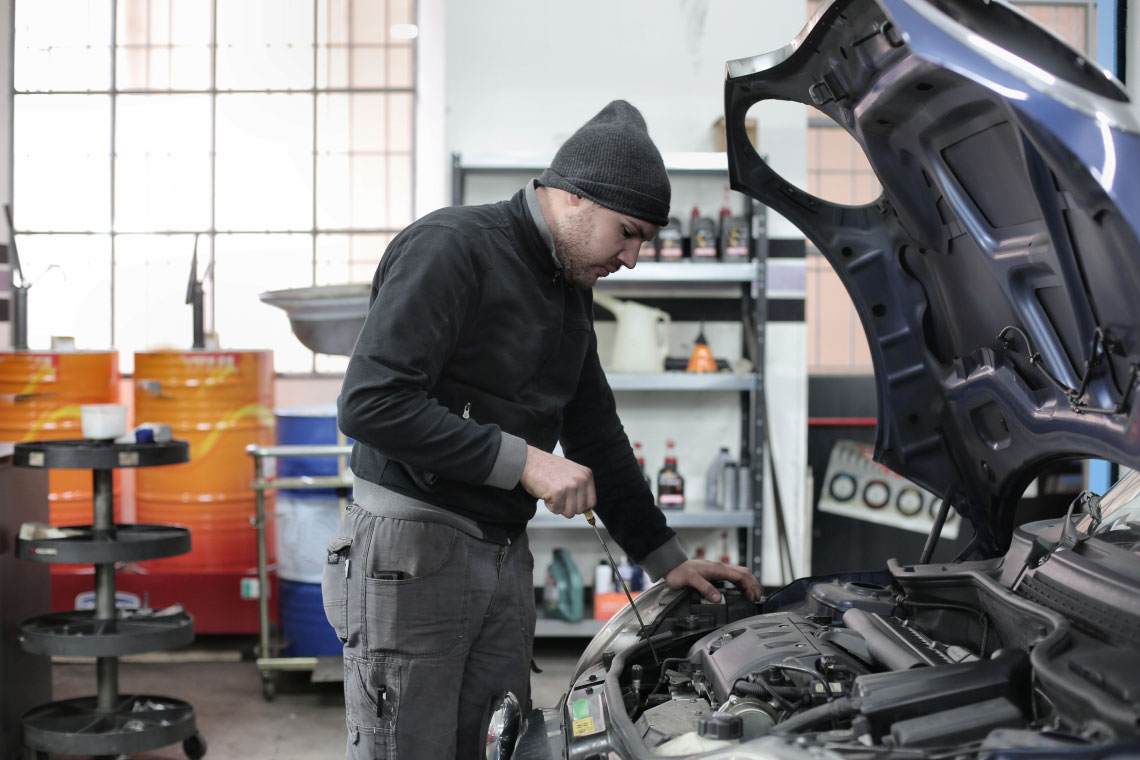Automotive batteries are indispensable components in vehicles, providing the necessary electrical energy to start the engine and power various systems. However, it’s crucial to recognize that these batteries belong to a specific hazardous class due to their composition and potential risks. So, are automotive batteries an example of which hazardous class? In this article, we will explore the hazardous class to which automotive batteries are categorized and understand the importance of handling them with care to ensure safety and environmental protection.
Automotive Batteries and Their Composition
As rechargeable energy storage devices, automotive batteries rely on a chemical reaction to produce electrical energy. The lead-acid battery is the most common type of automotive battery, which consists of lead plates immersed in a sulfuric acid solution.
Now, let’s answer the question – are automotive batteries an example of which hazardous class? Yes, automotive batteries are an example of “Class 8: Corrosive Substances.”
Hazardous Class Classification
The classification of hazardous materials follows a standardized system to identify potential risks associated with each substance. Automotive batteries are categorized under “Class 8: Corrosive Substances,” according to the United Nations’ Globally Harmonized System of Classification and Labelling of Chemicals (GHS). This class includes materials that exhibit corrosive properties, capable of causing damage to living tissues and corroding metals. Therefore, automotive batteries are indeed an example of which hazardous class? They belong to Class 8 due to the corrosive nature of the sulfuric acid within them.
Hazards Associated with Automotive Batteries
The corrosive nature of automotive batteries demands cautious handling to avoid potential hazards. Direct contact with the sulfuric acid can result in severe chemical burns on the skin and eyes, causing significant harm. Additionally, during the battery charging process, gases like hydrogen and oxygen are released, creating an explosive atmosphere if not adequately ventilated. Understanding that automotive batteries are an example of which hazardous class is paramount to ensure their safe management.
Environmental Impact
Considering the environmental impact of automotive batteries is crucial, especially during disposal. When batteries end up in landfills or are incinerated, the hazardous substances within, such as lead, can leach into the soil and water, contaminating ecosystems and posing risks to wildlife and human health. Moreover, the production process of batteries contributes to greenhouse gas emissions, making proper recycling and disposal essential for environmental protection. Recognizing that automotive batteries are an example of which hazardous class emphasizes the importance of responsible disposal methods.
Safe Handling and Disposal
To minimize the risks associated with automotive batteries, it is essential to handle them with care and follow safety guidelines. Here are some crucial tips:
Personal protective gear
Always wear appropriate safety gear, including gloves, safety goggles, and protective clothing, to prevent contact with the corrosive electrolyte.
Adequate ventilation
Ensure that batteries are charged in well-ventilated areas to prevent the accumulation of explosive gases.
Recycling
Opt for recycling programs instead of discarding used batteries. Numerous automotive shops and recycling centers accept old batteries for proper disposal and recycling of valuable materials.
Transport and storage
During transportation, secure batteries to avoid damage that could lead to electrolyte leaks. Store batteries in cool, dry places, away from direct sunlight and extreme temperatures.
Table of Hazardous Classes and Descriptions
| Hazardous Class | Description |
|---|---|
| Class 1: Explosives | Substances that can explode under certain conditions. |
| Class 2: Gases | Substances that are gaseous at standard temperature and pressure. |
| Class 3: Flammable Liquids | Substances that are liquids at standard temperature and pressure and have a flash point of less than 60°C (140°F). |
| Class 4: Flammable Solids | Substances that are solids at standard temperature and pressure and can catch fire easily. |
| Class 5: Oxidizers | Substances that can cause the combustion of other materials. |
| Class 6: Poisons | Substances that can cause injury or death if ingested or absorbed through the skin. |
| Class 7: Radioactive Materials | Substances that emit ionizing radiation. |
| Class 8: Corrosives | Substances that can cause severe damage to skin, eyes, and metal. |
| Class 9: Miscellaneous Dangerous Substances | Substances that do not fit into any of the other hazardous classes. |
Conclusion
In conclusion, automotive batteries, vital for powering vehicles, fall under “Class 8: Corrosive Substances” due to the corrosive nature of their sulfuric acid composition. Understanding that automotive batteries are an example of this hazardous class is essential for safe handling and proper disposal to prevent harm to individuals and the environment.
By adopting responsible practices and considering their hazardous class, we can ensure the safe and eco-friendly management of automotive batteries. Protecting ourselves, others, and the planet should be a priority as we continue to rely on these powerful energy sources in our daily lives.







